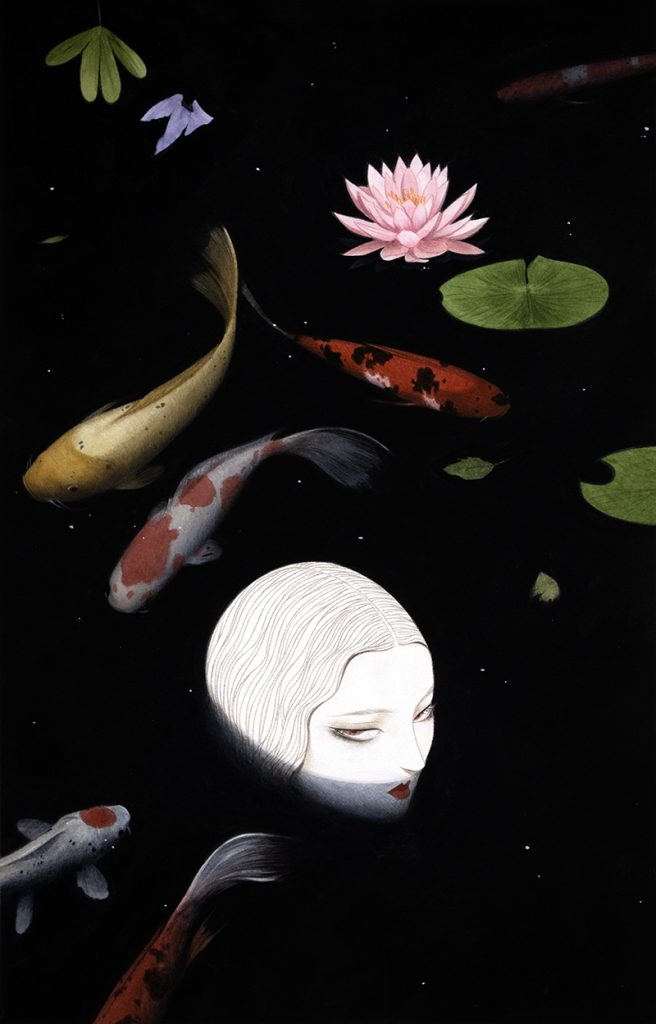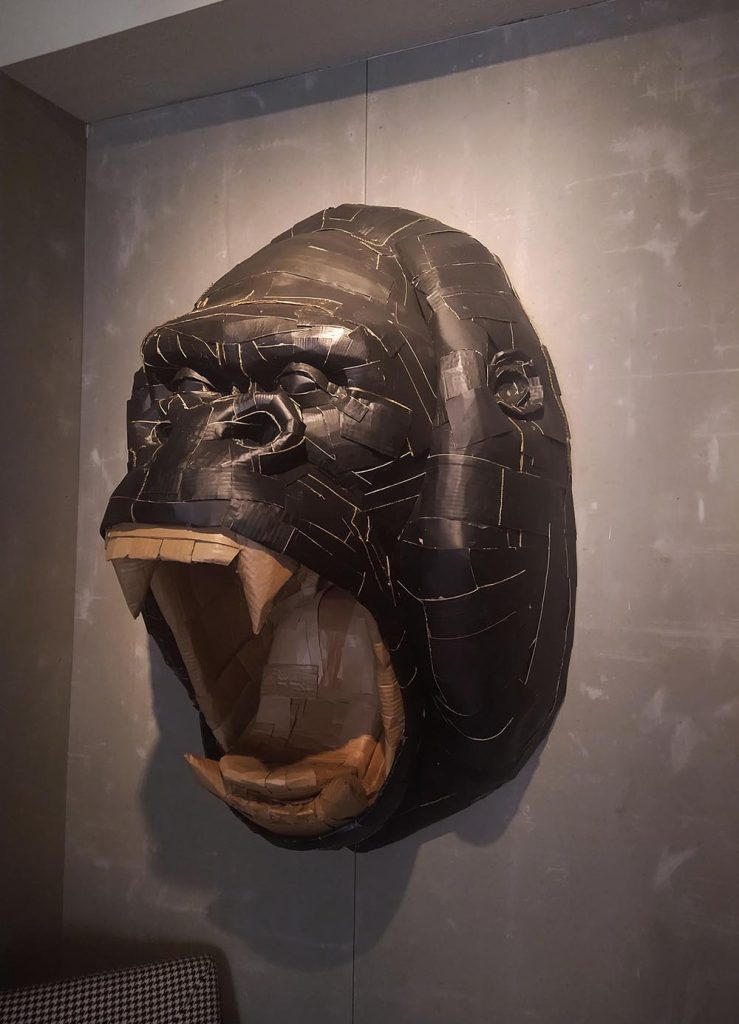
An icon to several generations of artists, influential Swiss painter and designer H.R. Giger passed away due to injuries resulting from a fall on May 12, 2014. Born on February 5, 1940 in the small, rural town of Chur, Switzerland, the artist showed an interest in dark, macabre art from an early age but trained to be an industrial designer at the School of Applied Arts in Zurich. His special effects work for the 1979 Ridley Scott film Alien brought him an Oscar and international recognition as a set designer in Hollywood. As a painter and illustrator, Giger pioneered an instantly-recognizable style he referred to as “biomechanical.”
Never one to shy away from shock value, an early collection of his work was dubbed “A Feast for the Psychiatrist” — a possible jab at the naysayers of the time who referred to his work as kitsch. In much of his drawings and paintings, human bodies are fused with machinery in dark, nightmarish compositions marked by an emphasis on architecture and geometry. To commemorate Giger’s legacy, we asked a few purveyors of macabre art — Chet Zar, Christian Rex Van Minnen, Scott Hove, Colin Christian and Paul Booth — to discuss Giger’s impact on their work.
“…only a real artist knows the actual anatomy of the terrible or the physiology of fear — the exact sort of lines and proportions that connect up with latent instincts or hereditary memories of fright, and the proper colour contrasts and lighting effects to stir the dormant sense of strangeness.”
― H.P. Lovecraft, Pickman’s Model

“I remember being a 12 year old art kid and feeling like there was no exciting art movement happening, especially for somebody like me. I was looking around for artistic inspiration and could find nothing — until my older brother’s friend brought a Giger book over to the house. Upon seeing the first image I knew I would never be the same. A whole new world opened up to me and I have been exploring it ever since. It’s no doubt that I would not be here today, doing what I do, without his influence. H.R. Giger is the king of the Dark Art movement.” – Chet Zar

“I discovered Giger’s work when I was 13 or 14 years old and his work showed me a range of emotion that I identified with. It was terrifying and beautiful and organic and biomechanical. I could see the artist’s gestures and body movements, building, writhing, and communicating with each other, generating their own meaning and narrative. This translation of abstaction into figuration had a profound effect on me.” – Christian Rex Van Minnen

“I bought my first H.R. Geiger book (Necronomicon 1) at a comic book store on Haight Street when I was 18. His was the first art I came into contact with that created a bewildered, mixed feeling of awe and disgust. That he was able to achieve such stature with his rendered nightmares was a clear message to me that following your own vision completely and honestly, despite the discomfort it creates for others, is a totally legitimate path. He will be missed!” – Scott Hove

“I have very few Heroes in my life. HR Giger has always been one of them. Probably the greatest inspiration I have ever had as an artist. It’s truly a sad day today. RIP my friend.” – Paul Booth

“His influence on me cannot be overestimated. I truly believe he is one of the most influential artists of the 20th century,and his insight on the human psyche is unparalleled. He made me want to be an artist, it was always Giger. I used his birthday to measure events in my own life. I feel his presence in every single piece of work I have ever done. I thought he was beautiful.” – Colin Christian








